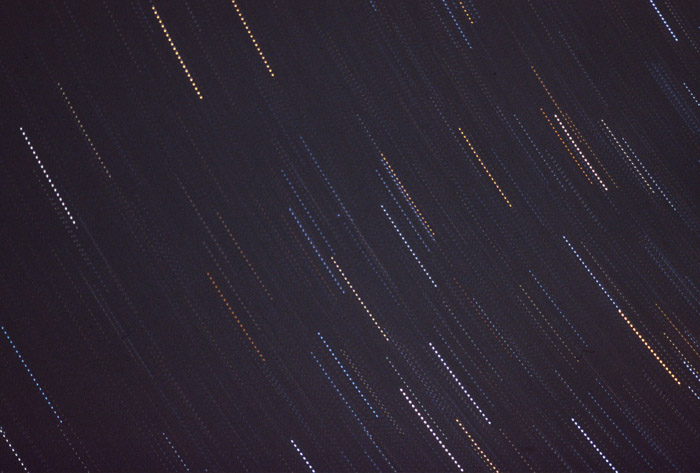I noticed in passing that the post count was at 2,470 at the end of last month, which meant that I could reach 2,500 posts at the end of the year – if I did better than I have been. I wasn’t worried about it – I’d prefer to post regarding content rather than arbitrary numbers – but then this afternoon I realized how I could meet this goal and have a bit of content in the winter dead season, and so we have a new topic, appropriately numbered with Roman numerals because it’s clarssy (and stupid.) This means we’ll take a look at images from past posts that I feel like revisiting, which does not inflate the uploaded images artificially nor require scanning or editing or any of that yaya. Almost effortless. What’s not to like?

I’m thinking I’ll do this in chronological order, so we’re going way back to the early days with the second post, since the first had no images. What you see here is a slide (well, the digital scan of one,) and this was done in-camera, a multiple exposure because film cameras can do that, of the starfield overhead one night. I’m not absolutely sure of the intervals but I think they’re 45 seconds apart. Worse, I’m not sure exactly where I was aiming or even what lens was used, so I can’t tell you which stars these are. Which is unfortunate, because right there in the center is something else, a singular point that was either captured in just one of the exposures, or wasn’t moving with the stars.
The possibility exists that this was a geostationary satellite, always over one point on the Earth so it was keeping pace and rotating with the planet (while the stars weren’t.) Or it might have been only a momentary light without moving much – or simply a schmutz on the film. I don’t know – I’ve reviewed the starfields in Stellarium countless times since then, trying to pin down where I was aimed, and never yet plotted it. However, you can get a rough estimate of the distance to the plane of the ecliptic because of the flattening curves: they become straight on the plane, essentially straight out from the ‘waist’ of the Earth. But I would think a geosat would have to be there too, and this is not – it’s some degree North of that.
So the mystery lives on. But the image is still pretty slick, and surprisingly colorful, so we’ll concentrate on that.




















































